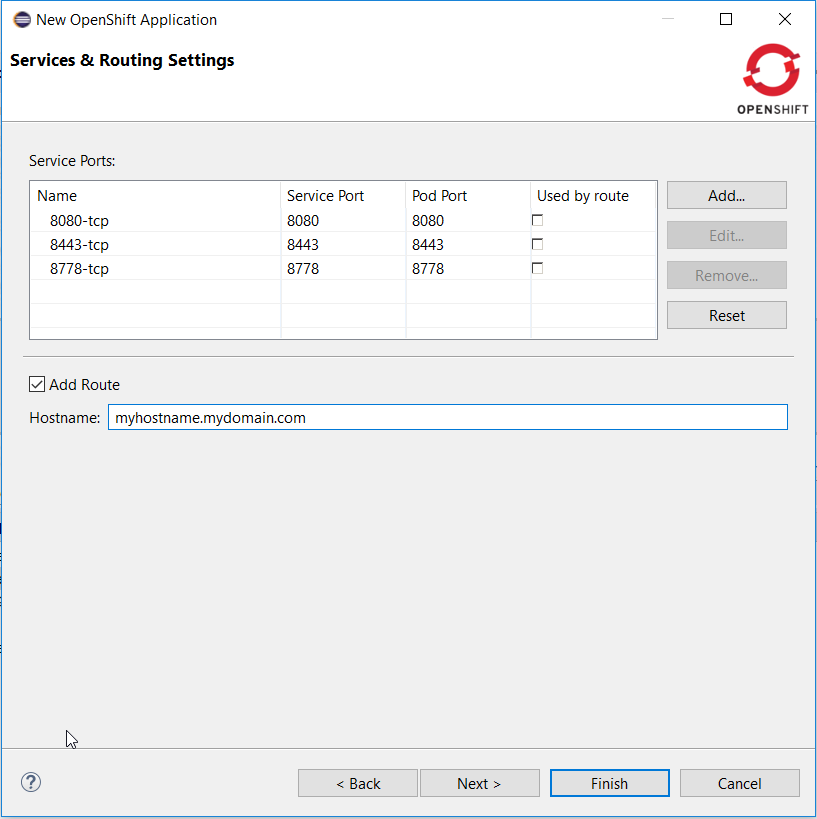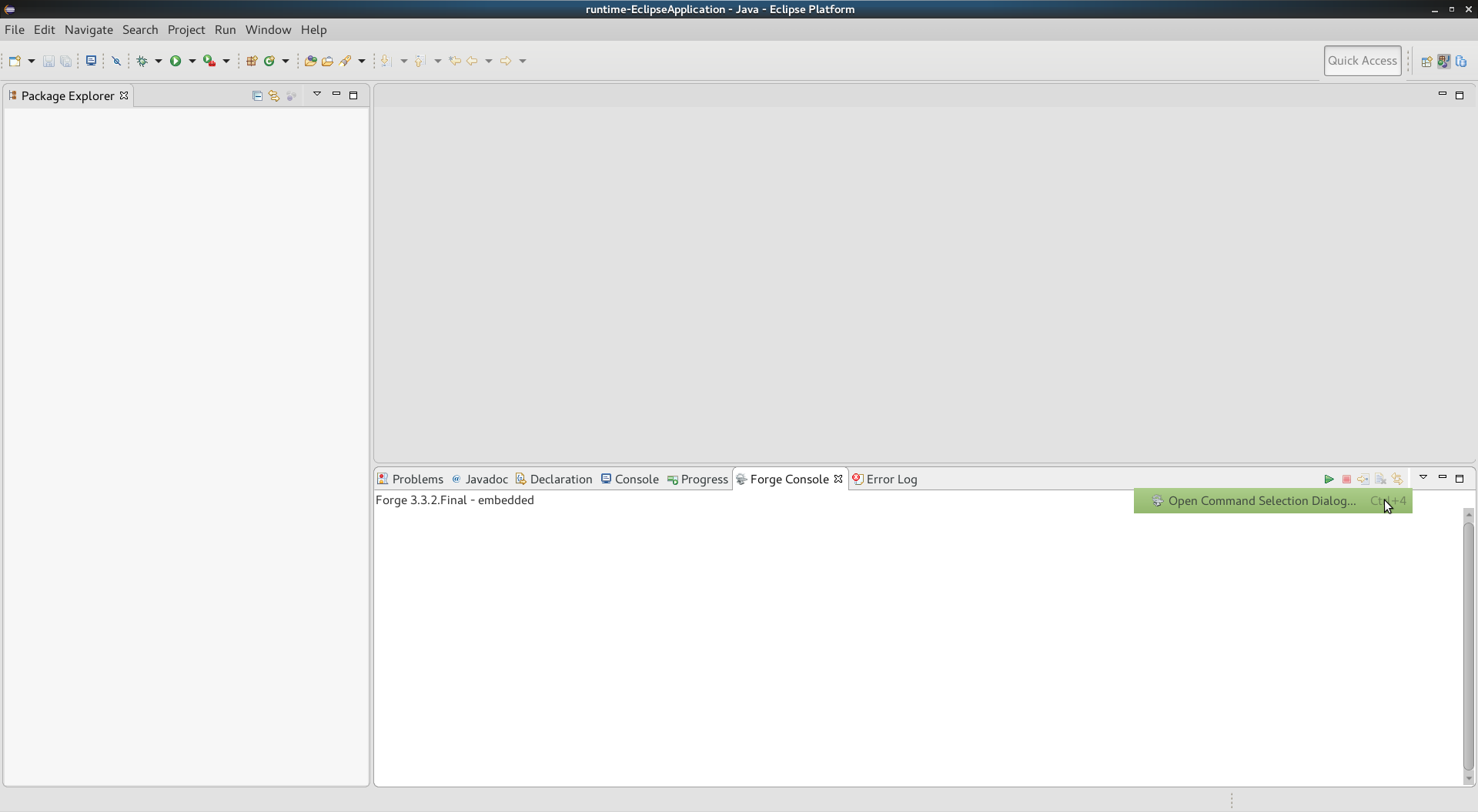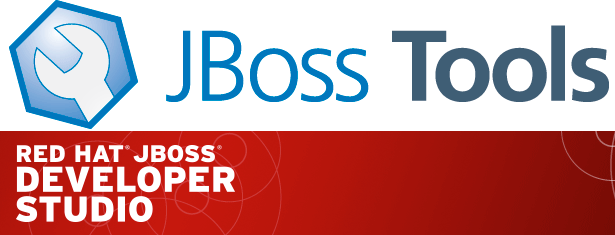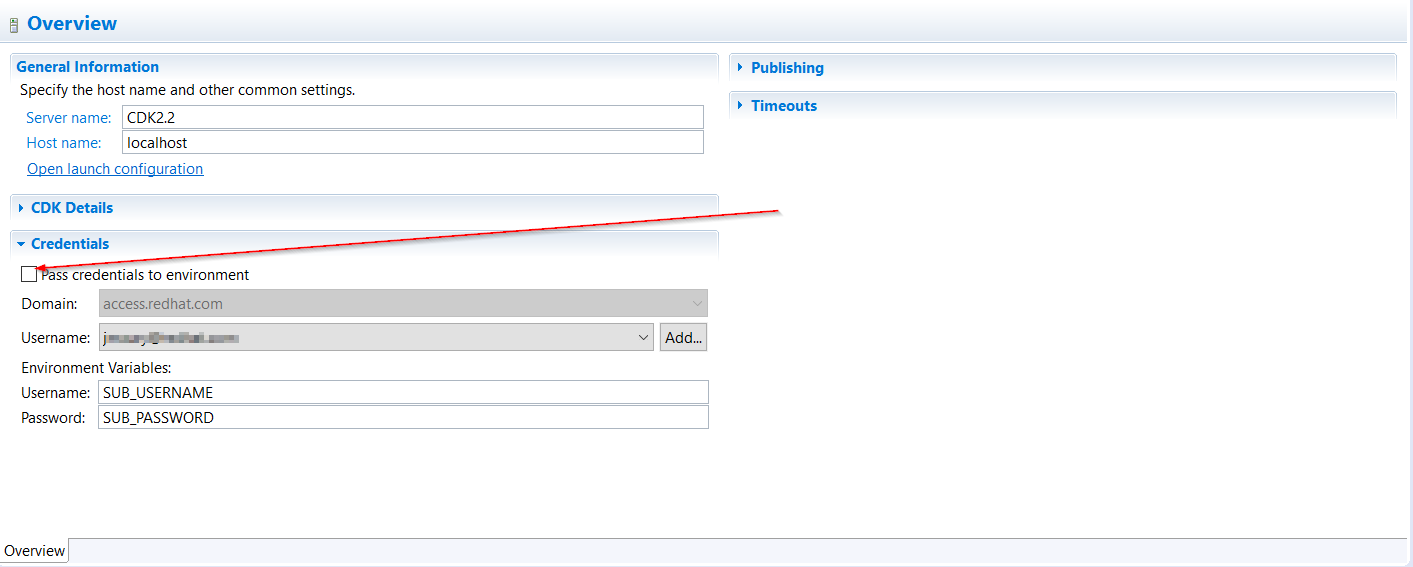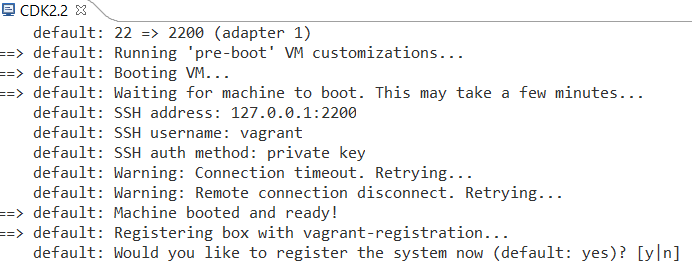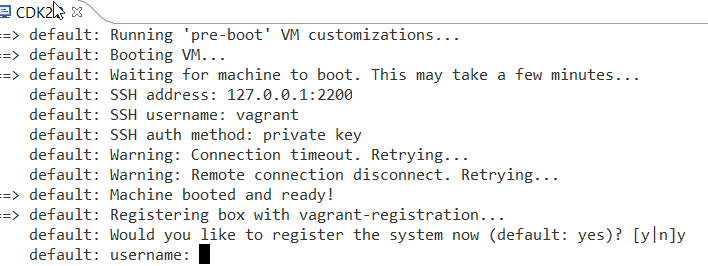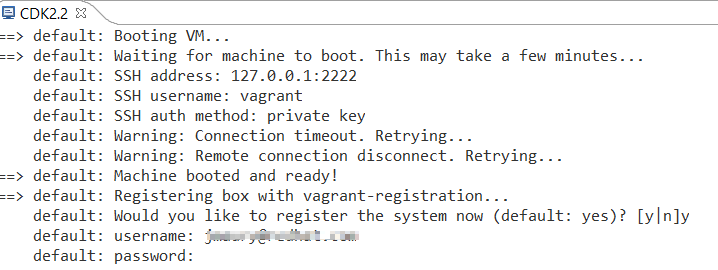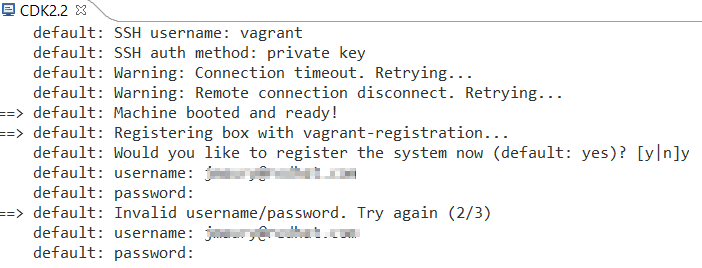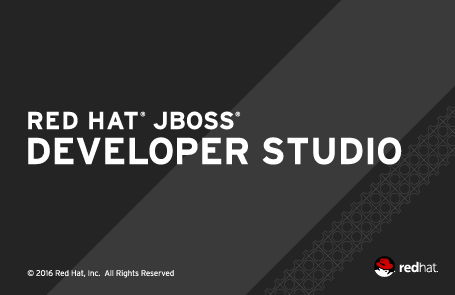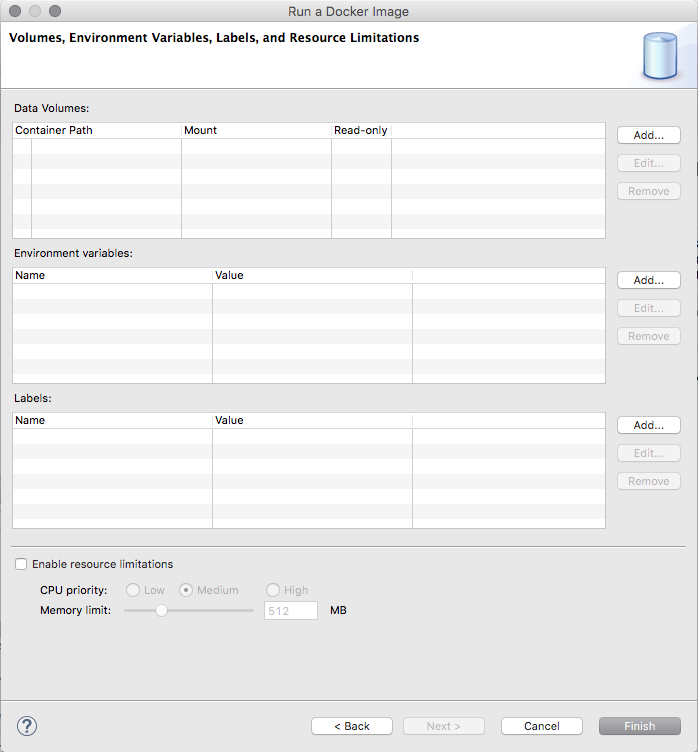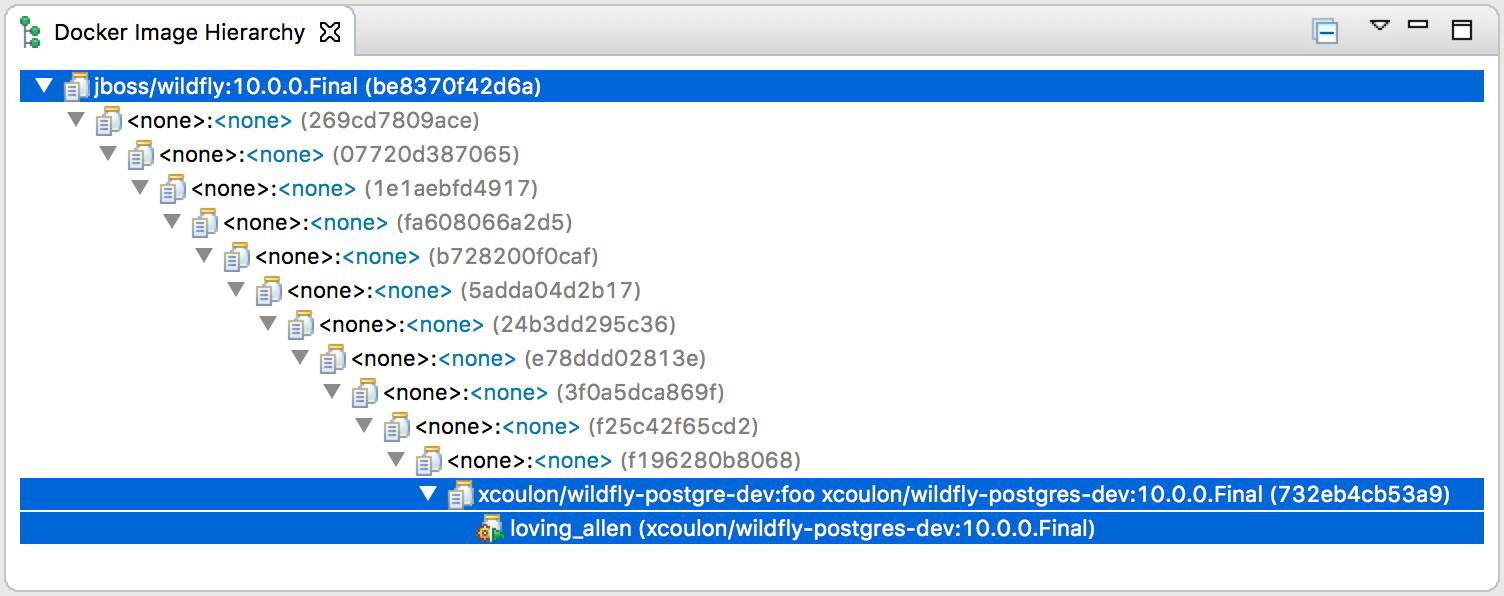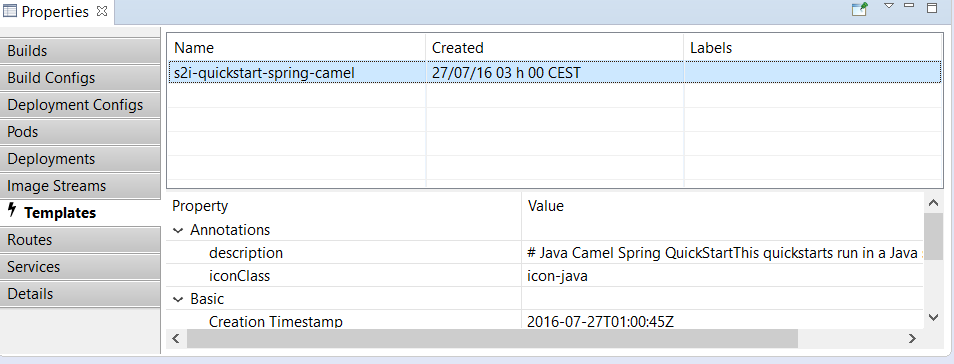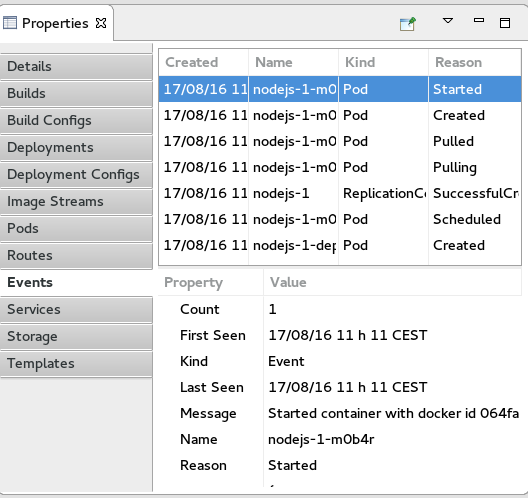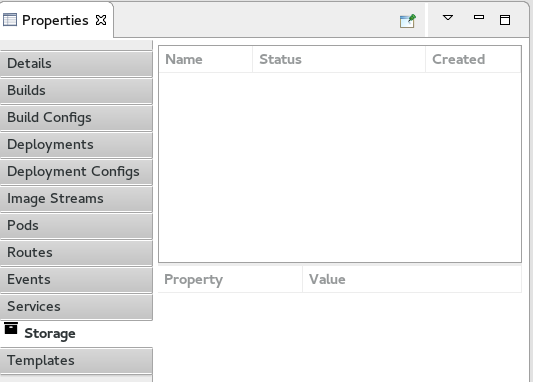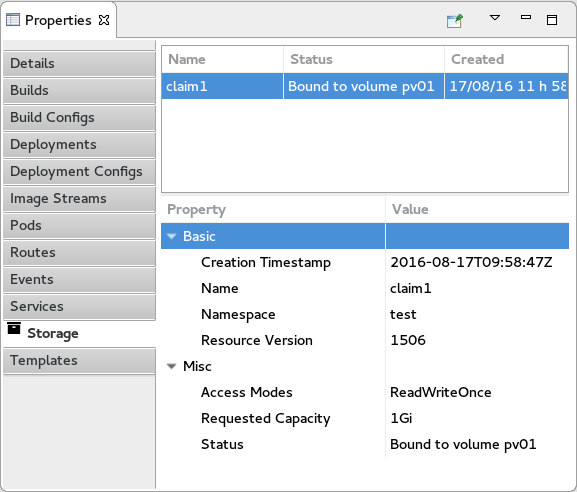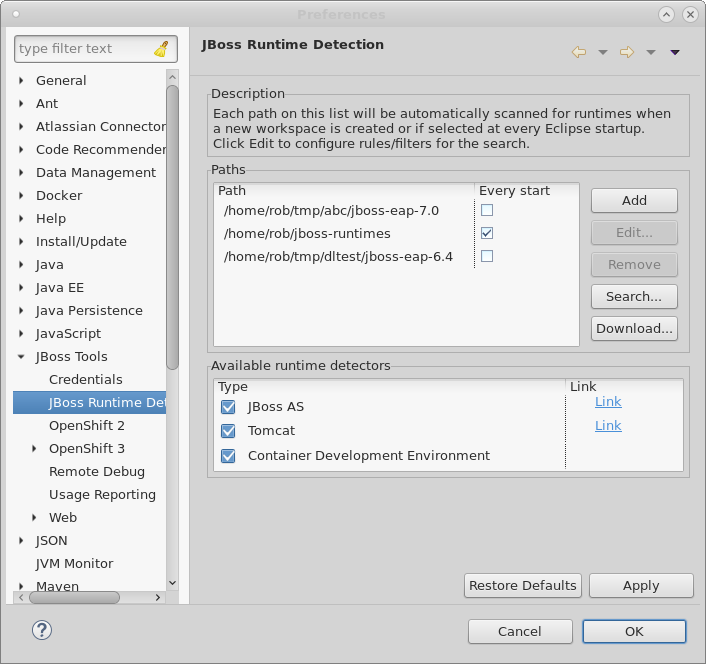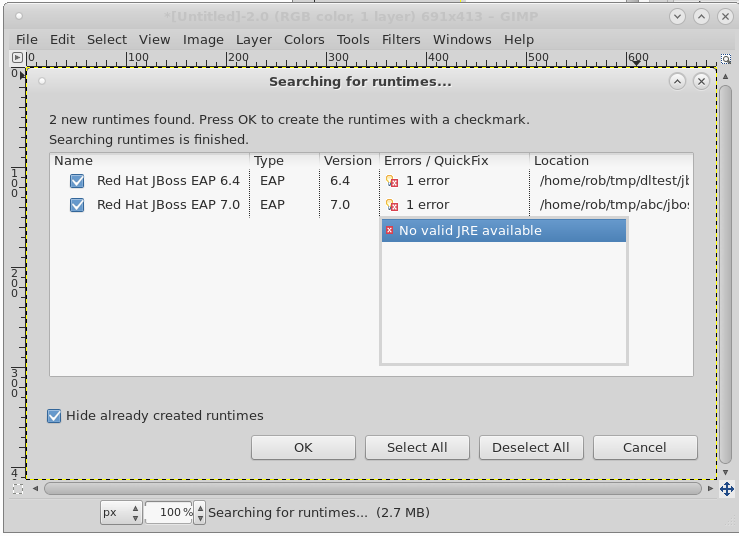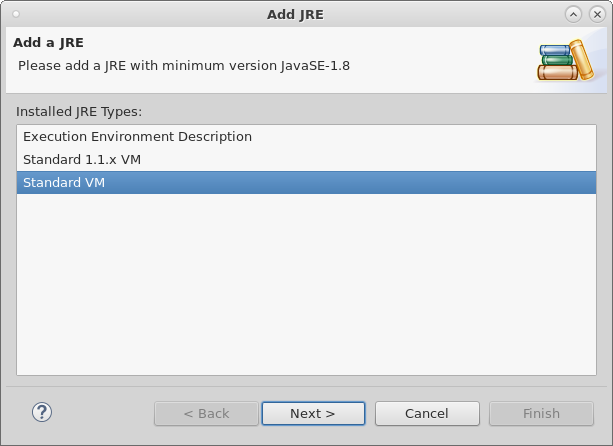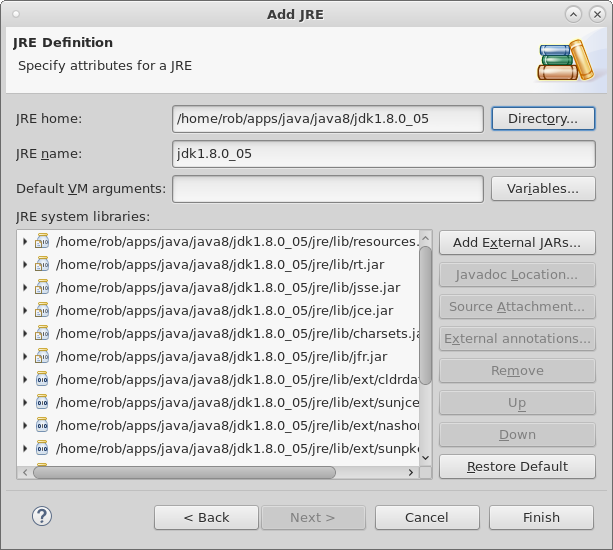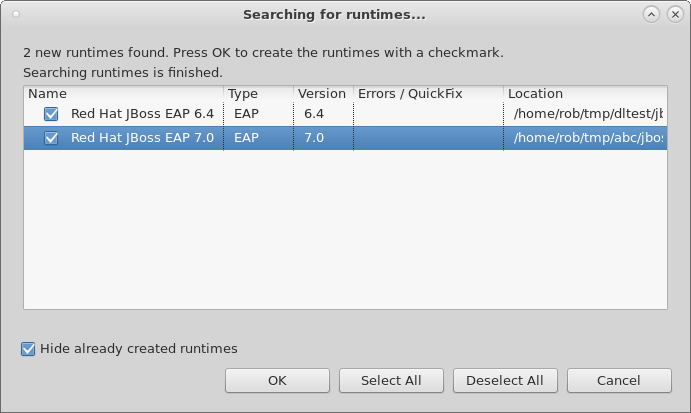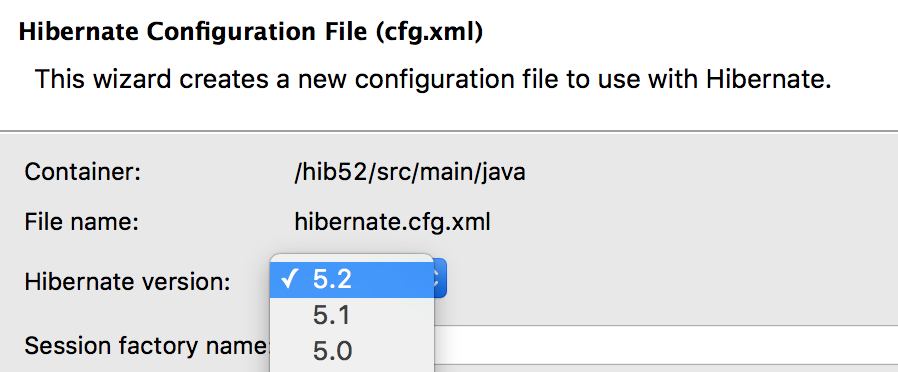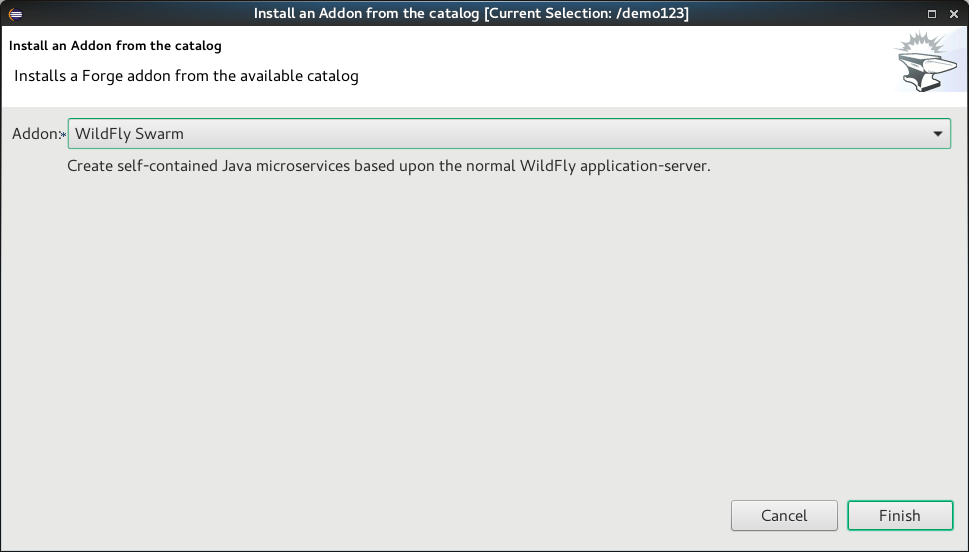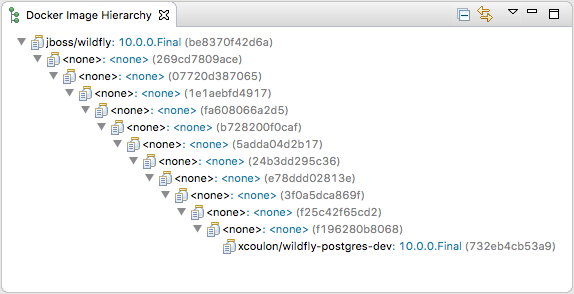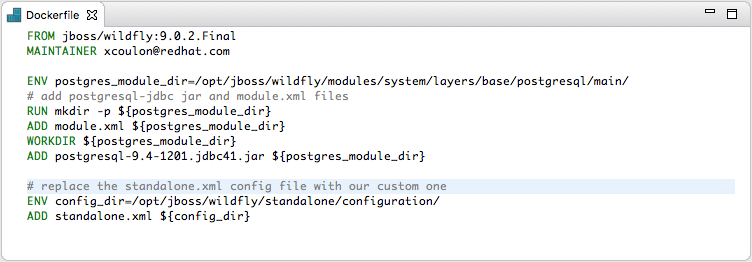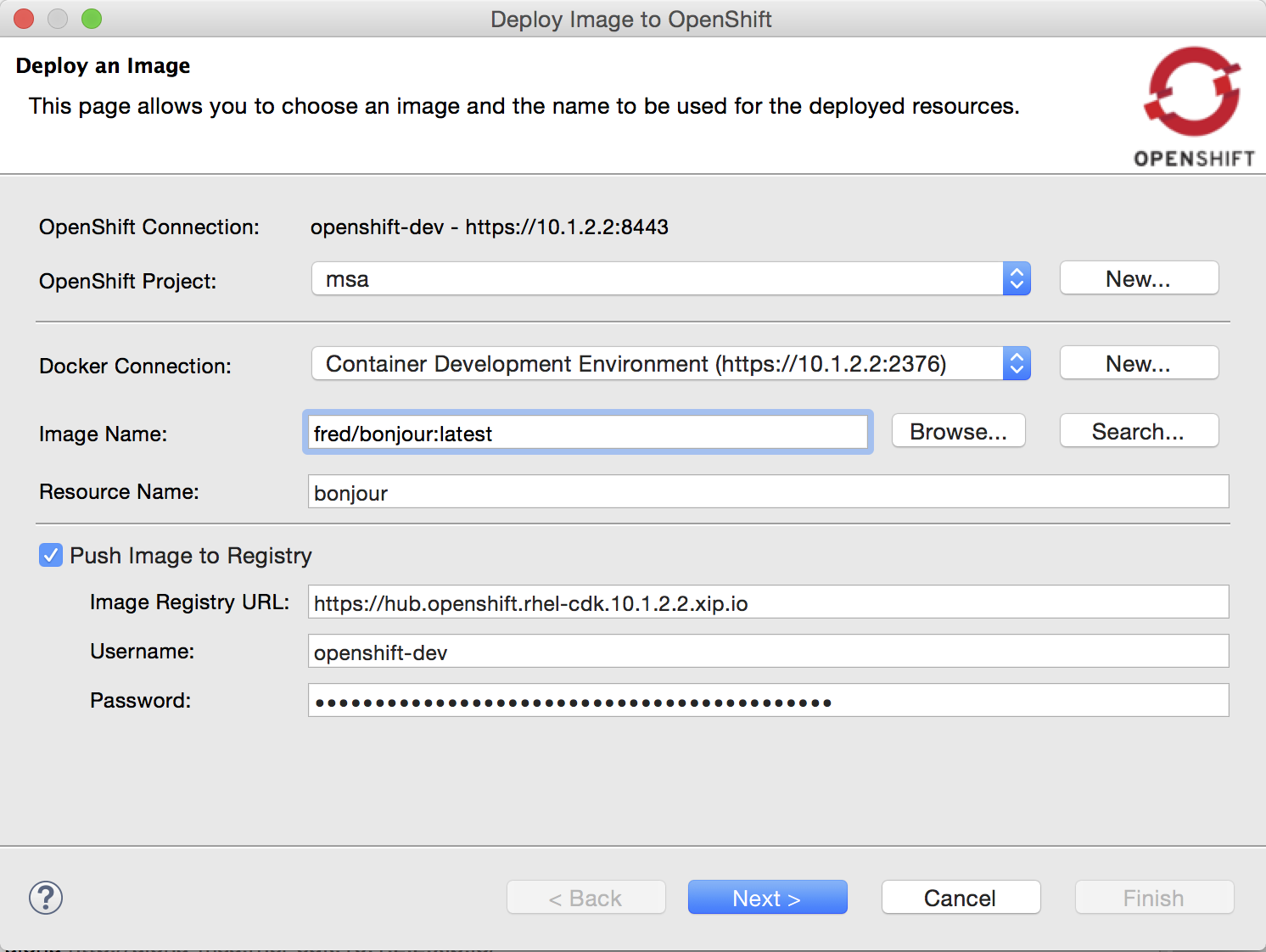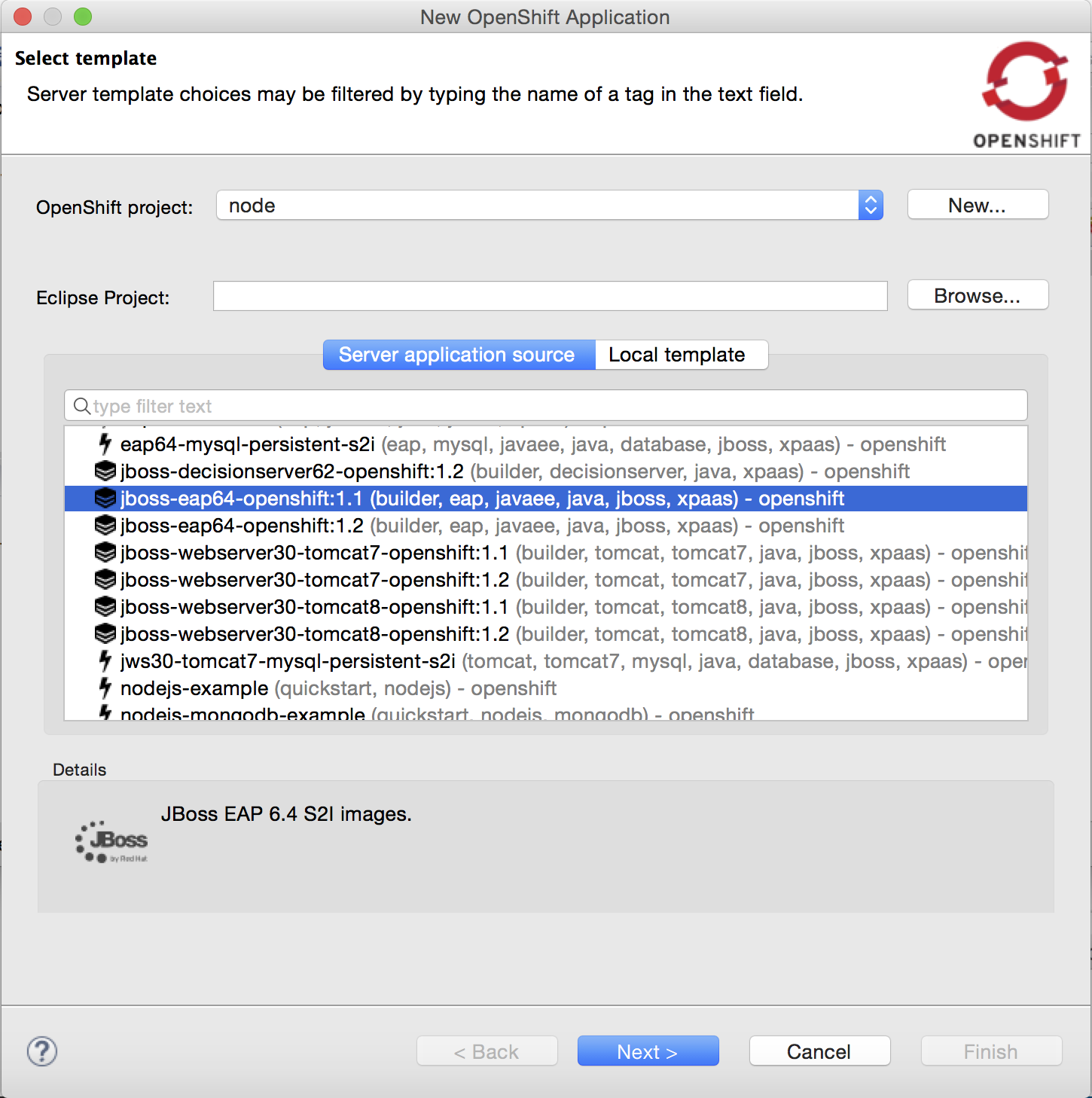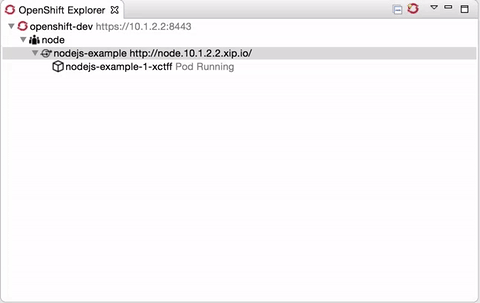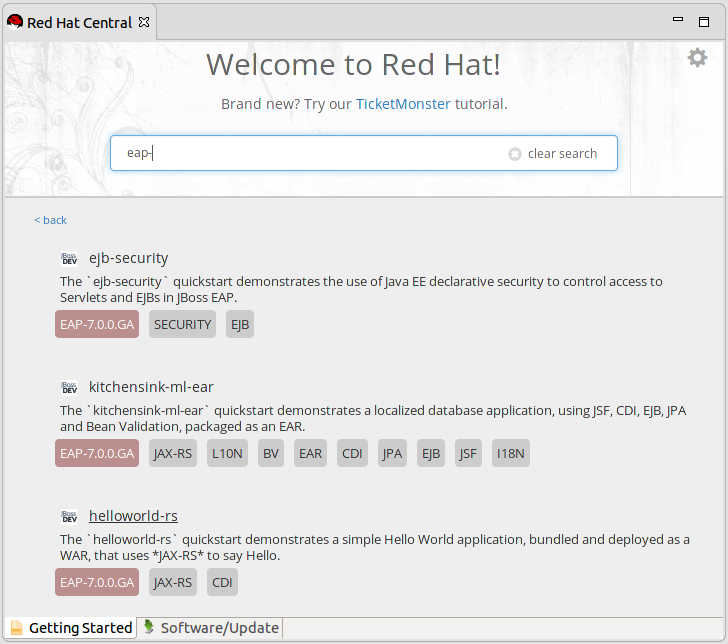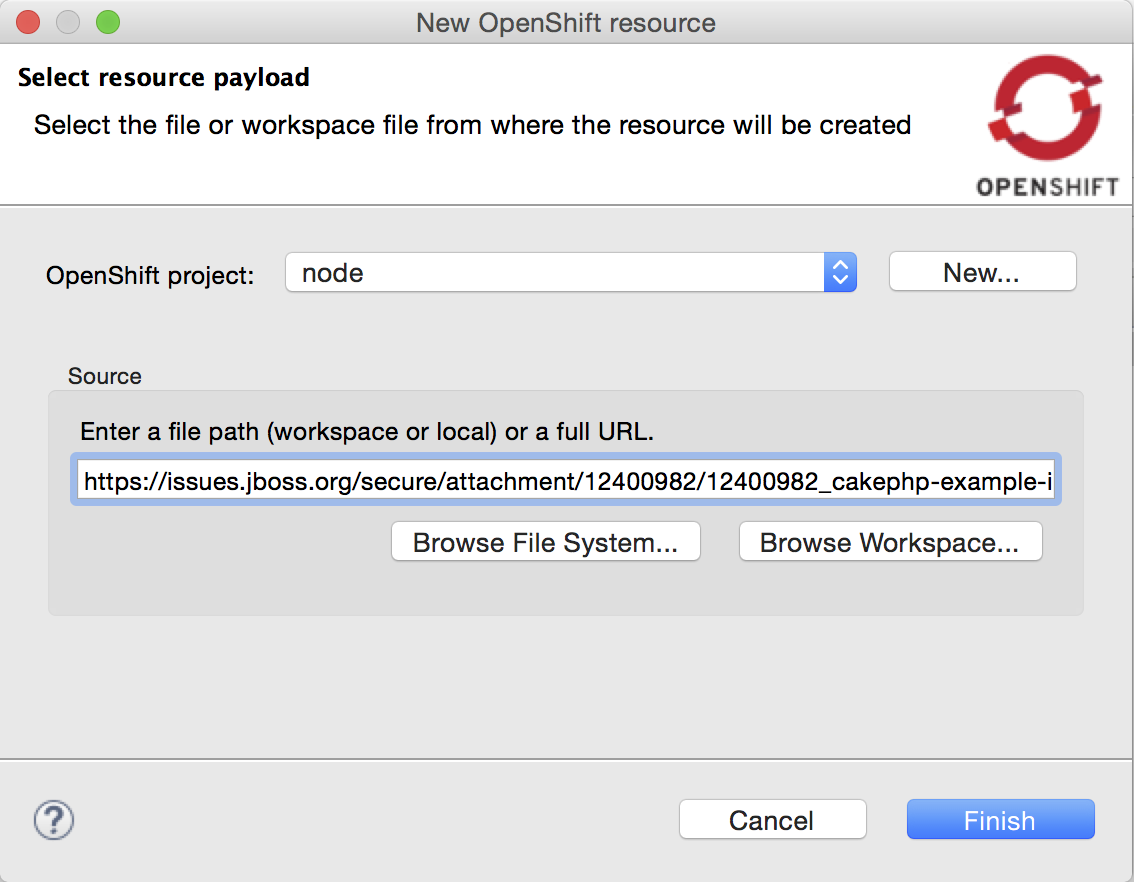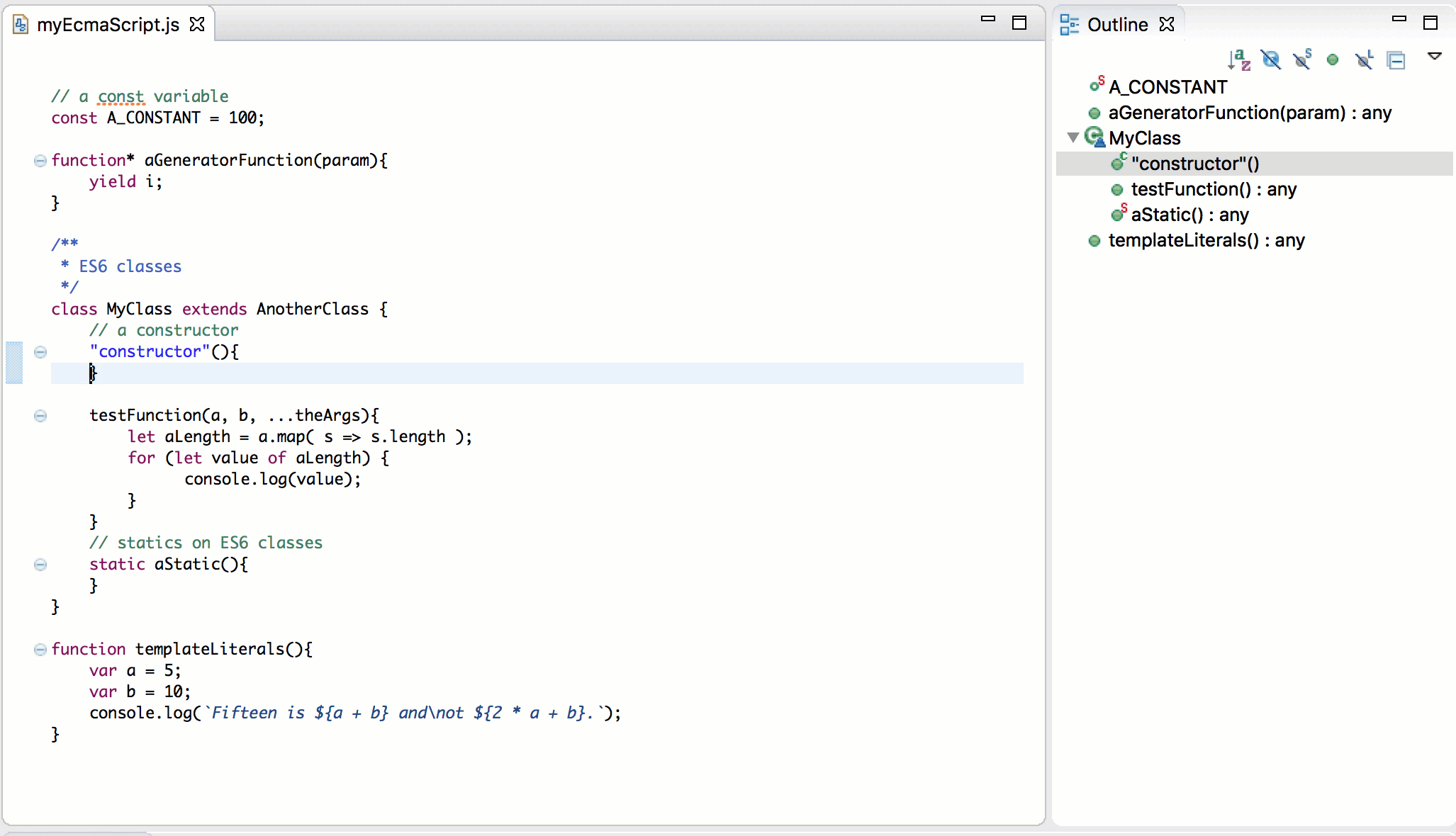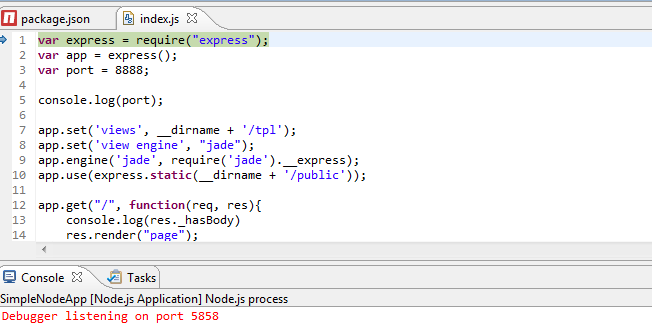Happy to announce 4.4.2.AM3 (Developer Milestone 3) build for Eclipse Neon.1, the latest milestone before the GA release.
Downloads available at JBoss Tools 4.4.2 AM3.
What is New?
Full info is at this page. Some highlights are below.
OpenShift 3
An important new feature made it into this milestone: the NodeJS application support on OpenShift.
Node.js Debugger
Now it is possible to debug Node.js applications deployed to Openshift. All you need to do is creating a Server Adapter for the app and running it in the Debug mode. After that a new V8 debug session will be created:
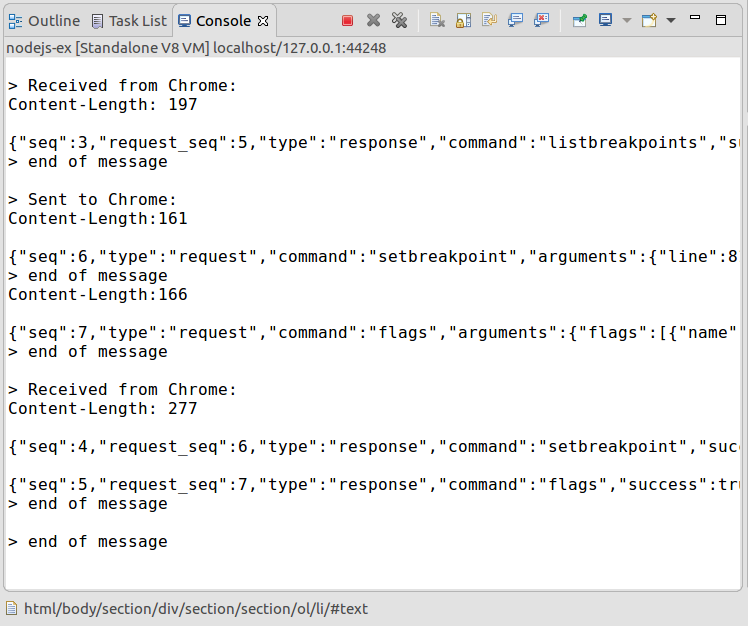
Put some breakpoints in the code and start debugging!

Changing the code during the debug session is also supported - just save the file and new changes will be applied automatically. Here is a short demo video which describes the debugging process in action:
Step by step instructions are available here.
Forge
Forge Runtime updated to 3.3.3.Final
The included Forge runtime is now 3.3.3.Final. Read the official announcement here.

Enjoy!
Jeff Maury
